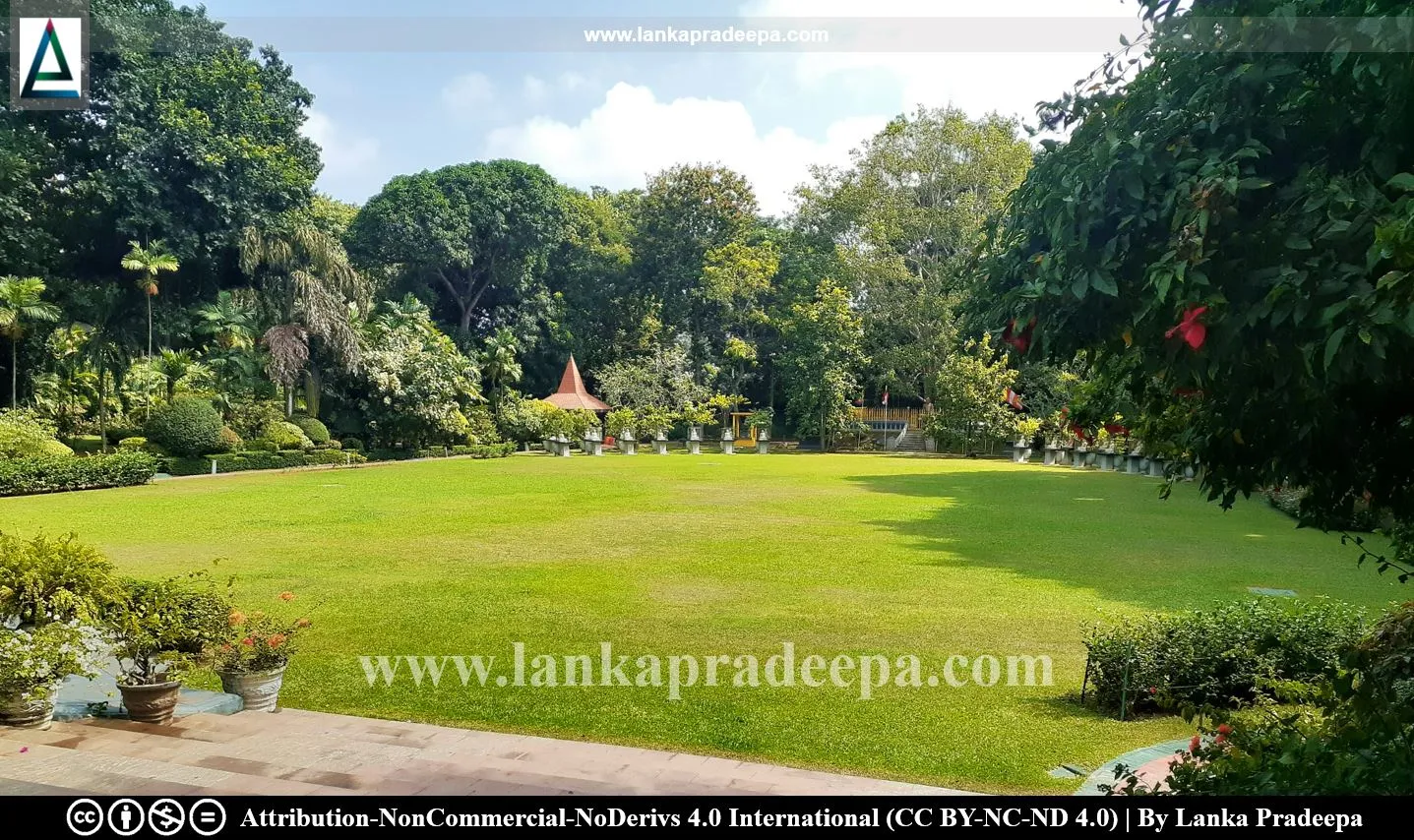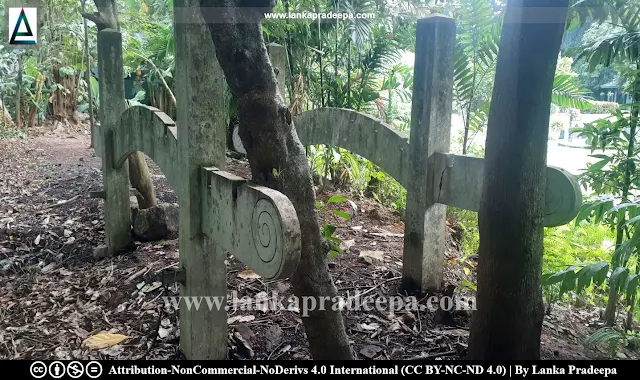
Gordon Gardens (Sinhala: ගෝර්ඩන් උද්යානය) is a non-public park attached to the President's House in Colombo Fort, Sri Lanka. It is considered the first public garden in the Colombo Fort area (Sujata, 2020). Presently, the garden has been designated as an archaeological protected monument by the government through the gazette notification published on 8 October 1999 (Sujata, 2020).
History

The park was originally an open ground of about 95 acres with a cemetery at the time of the Portuguese arrival on the island (Manathunga, 2016; Sujata, 2020). St. Lawrence, the first church by the Portuguese was erected on this site (Manathunga, 2016). The body of Prince Don Juan Dharmapala (1550-1597 A.D.) of Kotte who received the support of the Portuguese was buried at the St. Francis Church which was erected on the same site later (Manathunga, 2016; Sujata, 2020). This church was demolished by the Dutch (Dutch Ceylon: 1658-1796) who took control of the Colombo Fort in 1656 (Manathunga, 2016; Sujata, 2020). The Dutch built their official VOC Church (Dutch East India Company) on the Portuguese church site but maintained the old cemetery intact for their burials (Manathunga, 2016).

The British expelled the Dutch in 1796 and annexed the entire island to the British Empire in 1815. The church of the site was removed by the British in 1813 and they started to use the ground for various purposes (Sujata, 2020). In the same year, the remaining tombstones of the old church were removed to the Wolvendaal Church in Pettah and the ground was used for holding cricket and football matches until 1935 (Manathunga, 2016; Sujata, 2020). It is said that the tomb of Prince Don Juan Dharmapala, which had a Portuguese inscription, was also among the tombstones removed to the Wolvendaal Church in 1813 (Lewis, 1913).
The British Governor, Sir Arthur Gordon converted part of the ground into a park comprising flowers and fountains in honour of Queen Victoria (1837-1901) during her golden jubilee celebrations held in 1887 (Welandawe & Weerasinghe, 2016). At the time the garden had been limited to an area of 3 acres (Sujata, 2020). On 22 June 1897, a Banyan tree was planted in this garden by Lady Ridgeway in commemoration of the diamond jubilee of the reign of Victoria. The Marble Statue of Victoria which was also erected to mark the diamond jubilee was placed in Gordon Gardens until it was removed from the premises amid fears of bad luck. This statue is presently placed on the site near the back entrance to the Colombo National Museum.
The park was maintained as a public park until 1980 when it was made part of the President's House (Welandawe & Weerasinghe, 2016).
 .
.References
1) Lewis, J. P., 1913. List of inscriptions on tombstones and monuments in Ceylon, of historical or local interest with an obituary of persons uncommemorated: Colombo. pp.v,102.
2) Manathunga, S. B., 2016. Pauranika Sthana Saha Smaraka: Kolamba Distrikkaya (In Sinhala). Department of Archaeology (Sri Lanka). ISBN: 955-9159-39-9. pp.12-13.
3) Sujata, D. A., 2020. Aithihasika Kolamba Kotuwe Puravidya Smaraka [(Archaeological monuments of historic Colombo Fort) In Sinhala]. Department of Archaeology. Ministry of Cultural Affairs. ISBN: 978-955-7457-26-0. pp.44-46.
4) The Gazette of the Democratic Socialist Republic of Sri Lanka. No: 1101. 8 October 1999.
5) Welandawe, H., Weerasinghe, J., 2016. Urban Heritage in the Western Region Megapolis Planning Project. p.18.
Location Map
This page was last updated on 3 December 2023

